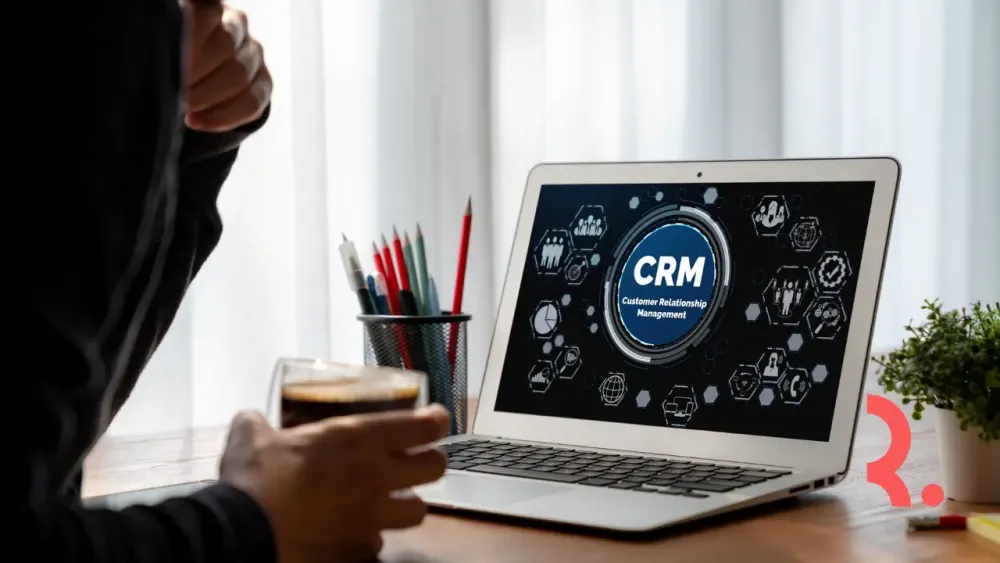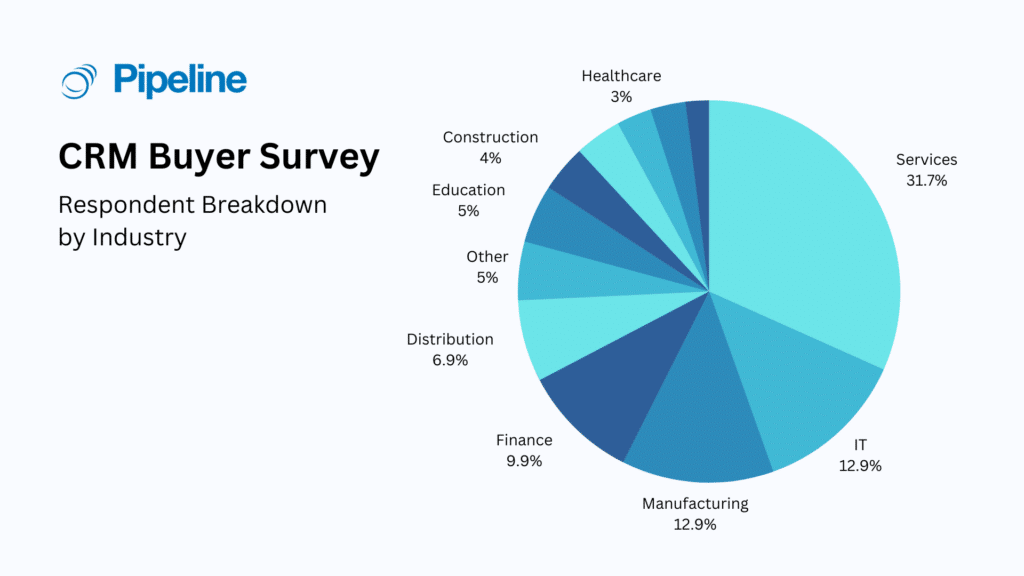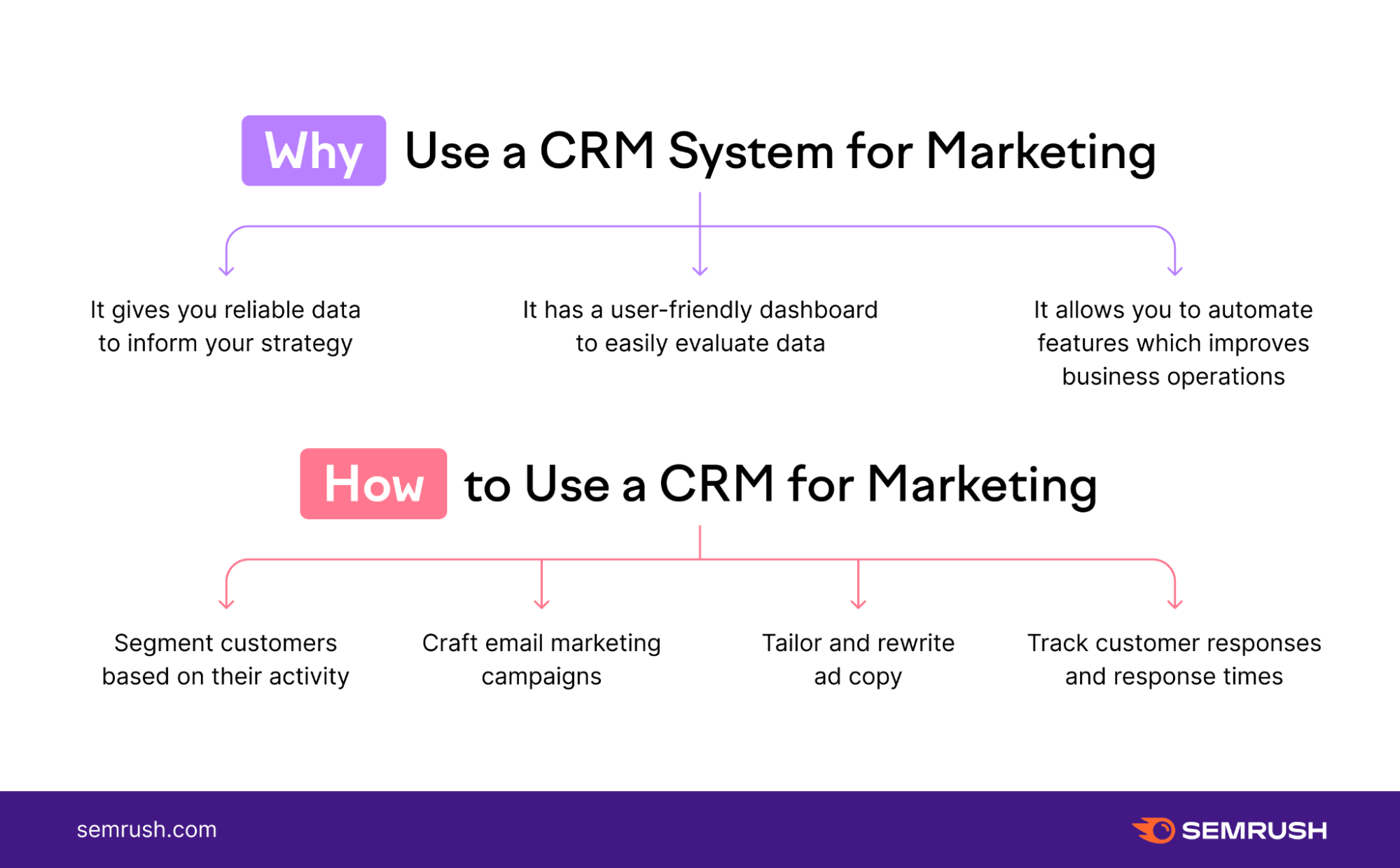
Introduction: The Power of Customer Loyalty in Today’s Market
In the fast-paced world of business, acquiring new customers is often seen as the ultimate goal. However, what many businesses fail to recognize is the immense value of retaining existing customers. Loyal customers are the lifeblood of any successful company. They not only make repeat purchases but also serve as brand advocates, spreading positive word-of-mouth and attracting new business. This is where the synergy between Customer Relationship Management (CRM), marketing strategies, and loyalty reward programs becomes truly powerful.
This comprehensive guide delves into the intricacies of CRM, marketing techniques, and loyalty reward programs, offering insights and strategies to help businesses cultivate lasting customer relationships and drive sustainable growth. We’ll explore how these three elements work together to create a powerful engine for customer loyalty, providing practical advice and real-world examples to help you implement these strategies effectively.
Understanding the Core Concepts: CRM, Marketing, and Loyalty Rewards
What is Customer Relationship Management (CRM)?
At its heart, CRM is a strategy and a set of technologies used to manage and analyze customer interactions and data throughout the customer lifecycle. The primary goal is to improve business relationships with customers, assist in customer retention, and drive sales growth. A robust CRM system acts as a centralized repository for all customer information, including contact details, purchase history, communication logs, and more. This 360-degree view of the customer enables businesses to personalize interactions, provide exceptional customer service, and tailor marketing efforts to individual needs.
Think of CRM as the central nervous system of your customer-facing operations. It’s the system that connects all the dots, allowing you to understand your customers better, anticipate their needs, and deliver experiences that foster loyalty. The benefits of a well-implemented CRM system are numerous, including:
- Improved customer satisfaction and retention
- Increased sales and revenue
- Enhanced marketing effectiveness
- Streamlined sales processes
- Better data-driven decision-making
The Role of Marketing in Building Customer Relationships
Marketing is the bridge that connects businesses with their target audience. It’s the art and science of creating, communicating, and delivering value to customers. In the context of customer loyalty, marketing plays a crucial role in:
- Acquisition: Attracting new customers through targeted campaigns and compelling messaging.
- Engagement: Building relationships with potential and existing customers through regular communication and valuable content.
- Retention: Keeping customers engaged and satisfied by providing excellent service, personalized experiences, and ongoing value.
Effective marketing strategies are essential for nurturing customer relationships. This includes:
- Content Marketing: Providing valuable and relevant content that educates and engages your audience.
- Email Marketing: Sending targeted emails to keep customers informed and nurture leads.
- Social Media Marketing: Building a brand presence and engaging with customers on social media platforms.
- Personalization: Tailoring marketing messages and offers to individual customer preferences and behaviors.
Loyalty Reward Programs: Incentivizing Customer Behavior
Loyalty reward programs are designed to incentivize repeat purchases and encourage customer loyalty. They reward customers for their patronage, creating a positive feedback loop that strengthens the customer-brand relationship. These programs come in various forms, including:
- Points-based programs: Customers earn points for every purchase, which they can redeem for rewards.
- Tiered programs: Customers are assigned to different tiers based on their spending or engagement, with higher tiers receiving greater rewards.
- Cash-back programs: Customers earn a percentage of their purchases back in the form of cash or store credit.
- Exclusive access: Providing members with early access to sales, new products, or exclusive events.
The key to a successful loyalty program is to offer rewards that are valuable and relevant to your target audience. The rewards should be desirable enough to motivate customers to make repeat purchases and engage with your brand.
Integrating CRM, Marketing, and Loyalty Programs: A Synergistic Approach
The true power of customer loyalty lies in the seamless integration of CRM, marketing, and loyalty reward programs. When these three elements work together, they create a powerful engine for customer engagement, retention, and growth. Here’s how they can be integrated:
1. Using CRM to Understand Your Customers
CRM provides the foundation for understanding your customers. By collecting and analyzing customer data, you can gain valuable insights into their:
- Demographics: Age, gender, location, income, and other relevant demographic information.
- Purchase history: What they’ve bought, how often they buy, and how much they spend.
- Communication preferences: How they prefer to be contacted (email, phone, etc.).
- Interests and behaviors: What content they engage with, what products they browse, and what social media platforms they use.
This information can be used to segment your customers into different groups based on their characteristics and behaviors. This allows you to tailor your marketing efforts and loyalty reward programs to specific customer segments, maximizing their effectiveness.
2. Leveraging Marketing to Engage and Nurture Customers
Marketing plays a crucial role in engaging and nurturing customers throughout their lifecycle. CRM data provides valuable insights to personalize marketing efforts. For example:
- Personalized email campaigns: Send targeted emails based on customer purchase history, browsing behavior, and other data.
- Targeted advertising: Use CRM data to create targeted advertising campaigns on social media and other platforms.
- Content recommendations: Recommend products or content based on customer interests and past behavior.
By delivering relevant and personalized content, you can build stronger relationships with your customers and increase their engagement with your brand.
3. Designing and Implementing Effective Loyalty Reward Programs
CRM data can be used to inform the design and implementation of your loyalty reward program. For example:
- Identifying high-value customers: Use CRM data to identify your most valuable customers and offer them exclusive rewards.
- Personalizing rewards: Offer rewards that are tailored to individual customer preferences and behaviors.
- Tracking program performance: Use CRM data to track the performance of your loyalty program and make adjustments as needed.
By using CRM data to personalize your loyalty program, you can maximize its effectiveness and drive customer loyalty.
4. Measuring and Analyzing Results
A key component of any successful strategy is the ability to measure and analyze its results. CRM systems provide the tools to track key metrics such as:
- Customer lifetime value (CLTV): The total revenue a customer is expected to generate over their relationship with your business.
- Customer retention rate: The percentage of customers who remain loyal to your brand over a specific period.
- Customer acquisition cost (CAC): The cost of acquiring a new customer.
- Churn rate: The percentage of customers who stop doing business with your company.
- Redemption rates: How often customers are using rewards.
By tracking these metrics, you can assess the effectiveness of your CRM, marketing, and loyalty reward programs, and make data-driven decisions to improve your results. This data will inform and help refine your strategies in the future.
Step-by-Step Guide to Implementing a Customer Loyalty Strategy
Step 1: Define Your Goals and Objectives
Before you begin, it’s essential to define your goals and objectives. What do you hope to achieve with your customer loyalty strategy? Some common goals include:
- Increase customer retention rates
- Increase customer lifetime value
- Drive repeat purchases
- Increase brand advocacy
Clearly defined goals will help you measure the success of your strategy and make adjustments as needed.
Step 2: Choose the Right CRM System
Selecting the right CRM system is crucial for the success of your customer loyalty strategy. Consider the following factors when choosing a CRM system:
- Features: Does the system offer the features you need, such as contact management, sales automation, marketing automation, and reporting?
- Scalability: Can the system grow with your business?
- Integration: Does the system integrate with your existing marketing and sales tools?
- Ease of use: Is the system user-friendly and easy to learn?
- Cost: Does the system fit within your budget?
Research different CRM systems and choose the one that best meets your needs.
Step 3: Segment Your Customer Base
Once you have a CRM system in place, the next step is to segment your customer base. This involves dividing your customers into different groups based on their characteristics and behaviors. This will allow you to personalize your marketing efforts and loyalty reward programs.
Some common customer segments include:
- New customers: Customers who have recently made their first purchase.
- Loyal customers: Customers who make frequent purchases and have a high lifetime value.
- Inactive customers: Customers who haven’t made a purchase in a while.
- High-value customers: Customers who spend a significant amount of money with your business.
Step 4: Design Your Loyalty Reward Program
Design a loyalty reward program that is appealing to your target audience. Consider the following factors:
- Rewards: What types of rewards will you offer? (e.g., points, discounts, exclusive access)
- Earning structure: How will customers earn rewards? (e.g., for every purchase, for referring new customers)
- Redemption structure: How will customers redeem rewards? (e.g., online, in-store)
- Program tiers: Will you have different tiers of rewards? (e.g., bronze, silver, gold)
Make sure your loyalty program is easy to understand and use.
Step 5: Implement Your Marketing Strategies
Implement marketing strategies to engage and nurture your customers. This includes:
- Email marketing: Send targeted emails to different customer segments.
- Social media marketing: Build a brand presence and engage with customers on social media.
- Content marketing: Provide valuable and relevant content that educates and engages your audience.
- Personalization: Tailor marketing messages and offers to individual customer preferences and behaviors.
Use your CRM data to personalize your marketing efforts and deliver relevant content to your customers.
Step 6: Integrate Your Systems
Ensure your CRM, marketing automation tools, and loyalty program platform are integrated. This integration allows for seamless data flow and automation.
- Automate data transfer: Ensure customer data is synced between systems.
- Triggered actions: Set up automated actions based on customer behavior.
- Personalized experiences: Provide tailored experiences at every touchpoint.
This integration is crucial for streamlining operations and providing a unified customer experience.
Step 7: Track and Analyze Your Results
Track and analyze the performance of your customer loyalty strategy. Use your CRM system to track key metrics such as customer retention rate, customer lifetime value, and churn rate. Use the data to make adjustments to your strategy as needed. Regularly review your program’s performance and make changes based on data analysis.
Step 8: Iterate and Improve
Customer loyalty is an ongoing process. Continuously evaluate your strategy and make adjustments as needed. Stay up-to-date on the latest trends in customer loyalty and marketing. Be open to experimenting with new ideas and strategies. Listen to customer feedback and make changes based on their input. The customer loyalty landscape is constantly evolving, so it’s crucial to remain flexible and adaptive.
Real-World Examples of Successful Customer Loyalty Strategies
Starbucks Rewards
Starbucks has one of the most successful loyalty programs in the world. Customers earn stars for every dollar they spend, which they can redeem for free drinks, food, and other rewards. The program is integrated with the Starbucks mobile app, making it easy for customers to earn and redeem rewards. Starbucks also personalizes its offers based on customer purchase history and preferences. This is a prime example of the power of combining CRM, marketing, and a well-designed loyalty program.
Sephora Beauty Insider
Sephora’s Beauty Insider program offers a tiered system of rewards based on customer spending. Customers earn points for every purchase, which they can redeem for samples, products, and exclusive experiences. The program is integrated with Sephora’s website and mobile app, making it easy for customers to track their points and redeem rewards. Sephora also uses customer data to personalize its marketing efforts and offer product recommendations.
Amazon Prime
Amazon Prime is a subscription service that offers a variety of benefits, including free shipping, exclusive discounts, and access to streaming content. Amazon Prime is a powerful example of a customer loyalty strategy that integrates multiple benefits to incentivize customer retention. This program is a testament to the power of providing value to customers.
Common Pitfalls to Avoid
While the benefits of a well-executed customer loyalty strategy are significant, there are common pitfalls to avoid. Here are a few to keep in mind:
- Lack of personalization: Generic, one-size-fits-all marketing messages are unlikely to resonate with customers.
- Ignoring customer feedback: Failing to listen to customer feedback can lead to program dissatisfaction.
- Poor program design: A poorly designed loyalty program may not be attractive to customers.
- Lack of integration: Siloed systems hinder the ability to provide a seamless customer experience.
- Failure to measure results: Without tracking key metrics, it’s impossible to assess program effectiveness.
By avoiding these pitfalls, you can increase your chances of success.
The Future of Customer Loyalty: Trends to Watch
The customer loyalty landscape is constantly evolving. Here are some trends to watch:
- Artificial intelligence (AI): AI is being used to personalize marketing messages, recommend products, and automate customer service.
- Gamification: Gamification is being used to make loyalty programs more engaging and fun.
- Mobile-first experiences: Mobile apps are becoming increasingly important for customer engagement.
- Data privacy: Customers are becoming more concerned about data privacy, so businesses need to be transparent about how they collect and use customer data.
- Subscription models: Subscription models are becoming increasingly popular, offering recurring revenue and fostering customer loyalty.
Staying ahead of these trends will be key to building and maintaining a successful customer loyalty strategy in the future.
Conclusion: Cultivating Lasting Customer Relationships
Building a customer loyalty strategy is not a one-time project; it’s an ongoing process of understanding your customers, providing value, and building strong relationships. By integrating CRM, marketing, and loyalty reward programs, businesses can create a powerful engine for customer engagement, retention, and growth. Remember to define your goals, choose the right tools, segment your customer base, design a compelling loyalty program, and continuously track and analyze your results. By avoiding common pitfalls and staying ahead of the latest trends, you can cultivate lasting customer relationships and achieve sustainable business success. The journey to customer loyalty is a marathon, not a sprint. Embrace the process, stay committed, and watch your business flourish.

